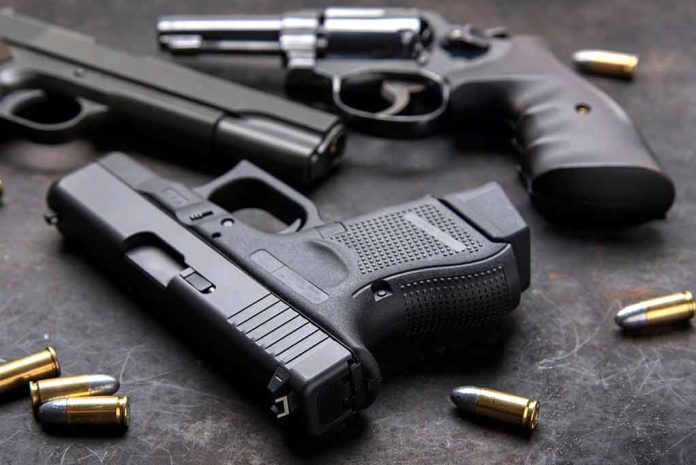
Utah’s ‘Shoot to Kill’ training program for school staff stirs strong debates on safety and ethics.
Key Takeaways
- Utah’s new policy encourages teachers to carry firearms in schools through the Educator-Protector Program.
- The training includes a 20-hour course emphasizing readiness and safety against potential threats.
- Concerns revolve around the adequacy of training and potential risks involved.
- Opposition cites the need for alternative safety measures rather than arming educators.
- The program is seen as cost-effective compared to hiring full-time school resource officers.
Utah’s New Firearm Initiative in Schools
Governor Spencer Cox has recently signed a bill in Utah that allows teachers to carry firearms on school premises. This initiative, known as the Educator-Protector Program, aims to prepare school staff for potential threats and ensure student safety. The program includes a “shoot to kill” training session designed to arm teachers with the necessary skills to handle dangerous situations. Despite being voluntary, many see this as a significant step in reshaping safety protocols within educational environments.
While the policy’s advocates argue it is essential for securing classrooms, there is considerable pushback from groups like Moms Demand Action, who believe schools should focus on violence prevention strategies instead. As one critic noted, “the focus should be on keeping guns out of classrooms, not inviting them in,” emphasizing the importance of maintaining a learning-centric environment devoid of firearms.
Concerns and Critiques
A significant concern surrounding the policy is whether the provided training is adequate to prepare teachers for real-world situations. The legislation offers a mere 20-hour course, raising questions about its effectiveness. Critics, including safety advocates and education professionals, stress that handling firearms under stress requires far more extensive preparation to avoid accidental harm or misjudged responses.
“I left unconvinced that all graduates could handle themselves in a crisis situation. Parents of children in Utah schools have no reason to trust that the so-called educator-protector program trainings would be any better.” – Stan Holmes
Additional critiques point to the policy’s financial implications, as it costs approximately $100,000 annually for training. Despite these costs, proponents highlight the financial advantages, noting the program as a budget-friendly alternative to hiring full-time school resource officers, which would be considerably more expensive over time.
Alternatives and Safety Advocacy
Advocates striving for different approaches to school safety argue that prevention and student relationship-building offer more sustainable solutions. Prominent psychologist Dr. Dewey Cornell emphasizes that involving students in conflict resolution and prevention tactics could sharply reduce instances of violence, suggesting this route may yield more positive, long-term results.
“Prevention involves building relationships with students and helping them to resolve conflicts before they escalate into violence.” – Dr. Dewey Cornell
Many stakeholders are keen to see how these policy changes will play out in schools across Utah and whether the Educator-Protector Program will deliver tangible safety benefits. As debates continue, it’s clear the discussion surrounding firearm presence in schools is far from over, with implications reaching deeply into community and national discourse on education and safety.
Sources
1. Utah governor signs bill encouraging teachers to carry guns in classrooms














